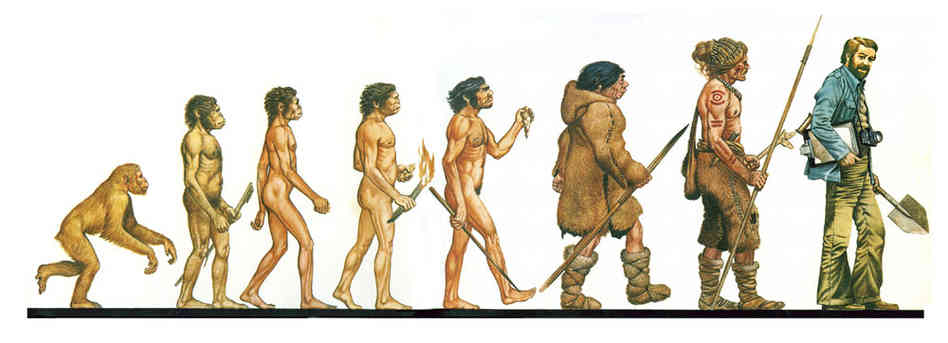mtDNA of ancient central Asians
An interesting new paper confirms the anthropological and archaeological
picture of a westward spread of Caucasoids in Central Asia in early
prehistoric times, followed by the spread of Mongoloids in the opposite
direction during the 1st millennium BC. The Caucasoid-Mongoloid hybrid
population resulting from these interactions is similar in terms of
mtDNA with present-day Central Asians with some noted differences (e.g.,
presence of additional West Eurasian haplogroups). In the ancient
samples, West Eurasian haplogroups H, HV, I, T*, T1, U*, U1, U5, U5a1
and W were represented:
- HV sequences have matches in the Central Mediterranean region
- H
sequences are split between the common Cambridge Reference Sequence
(CRS) found in many populations, and two other sequences found in the
Central Mediterranean and the Caucasus
- The I sequence is present in a modern Central Asian and also in individuals from the Caucasus
- The W sequence is widespread in West Eurasia
- T* sequences are widespread in Europe, the Near East and the Central Mediterranean region
- T1 is widespread in West Eurasia, but also found sporadically in East Eurasia
- The U1a sequences are found in Turks, Armenians and Caucasians
- The U5a sequence has been found in an Egyptian
- The U5a1 sequence is frequent in the Caucasus and present in Europe, while a different U5a1 was reported previously in Mongolia
The East Eurasian haplogroups belong to A*, M*, M4 and G2:
- The M* sequence was observed in an Indian individual
- The M4 sequence has not been previously reported
- The G2 sequence is found in present-day China and Central Asia
- One A sequence is found in present-day Central Asians and Indians, while the other two have a motif found in a modern Chukchi
Most
(78%) of the sequences are of West Eurasian (Caucasoid) origin, but
before the 7th c. BC, East Eurasian (Mongoloid) sequences are absent,
although they could be present up to 20.6% (p<0.05).
Proc R Soc Lond B Biol Sci. 2004 May 7;271(1542):941-7.
Unravelling migrations in the steppe: mitochondrial DNA sequences from ancient central Asians.
Lalueza-Fox C et al.
This study helps to clarify the debate on the Western and Eastern
genetic influences in Central Asia. Thirty-six skeletal remains from
Kazakhstan (Central Asia), excavated from different sites dating between
the fifteenth century BC to the fifth century AD, have been analysed
for the hypervariable control region (HVR-I) and haplogroup diagnostic
single nucleotide polymorphisms (SNPs) of the mitochondrial DNA genome.
Standard authentication criteria for ancient DNA studies, including
multiple extractions, cloning of PCR products and independent
replication, have been followed.
The distribution of east and
west Eurasian lineages through time in the region is concordant with the
available archaeological information: prior to the thirteenth-seventh
century BC, all Kazakh samples belong to European lineages; while later
an arrival of east Eurasian sequences that coexisted with the previous
west Eurasian genetic substratum can be detected. The presence
of an ancient genetic substratum of European origin in West Asia may be
related to the discovery of ancient mummies with European features in
Xinjiang and to the existence of an extinct Indo-European language,
Tocharian. This study demonstrates the usefulness of the ancient DNA in
unravelling complex patterns of past human migrations so as to help
decipher the origin of present-day admixed populations.
Link (pdf)
